Player flights significantly impact dart trajectory and stability, influencing accuracy and overall performance; understanding their types, materials, and how they interact with other dart components is crucial for optimizing your game. This article explores the various aspects of dart flights, including their shapes, materials, how to choose the right flights for your throwing style, and how to maintain them for consistent performance.
⚠️ Still Using Pen & Paper (or a Chalkboard)?! ⚠️
Step into the future! The Dart Counter App handles all the scoring, suggests checkouts, and tracks your stats automatically. It's easier than you think!
Try the Smart Dart Counter App FREE!Ready for an upgrade? Click above!
Understanding Player Flights and Their Impact
The humble dart flight is far more than just a colorful piece of plastic. It’s a crucial component that directly affects the aerodynamics of your dart. Different shapes and sizes of dart flights create varying amounts of drag, influencing the speed, stability, and trajectory of your dart. Choosing the right flight can dramatically improve your grouping and overall scoring. Even experienced players experiment with different flight and shaft combinations to find what works best for them.
Essentially, the flight acts as a stabilizer, preventing the dart from wobbling excessively during its journey to the dartboard. A well-chosen flight will allow the dart to fly straighter and land more consistently. Let’s delve deeper into the various types of flights available.
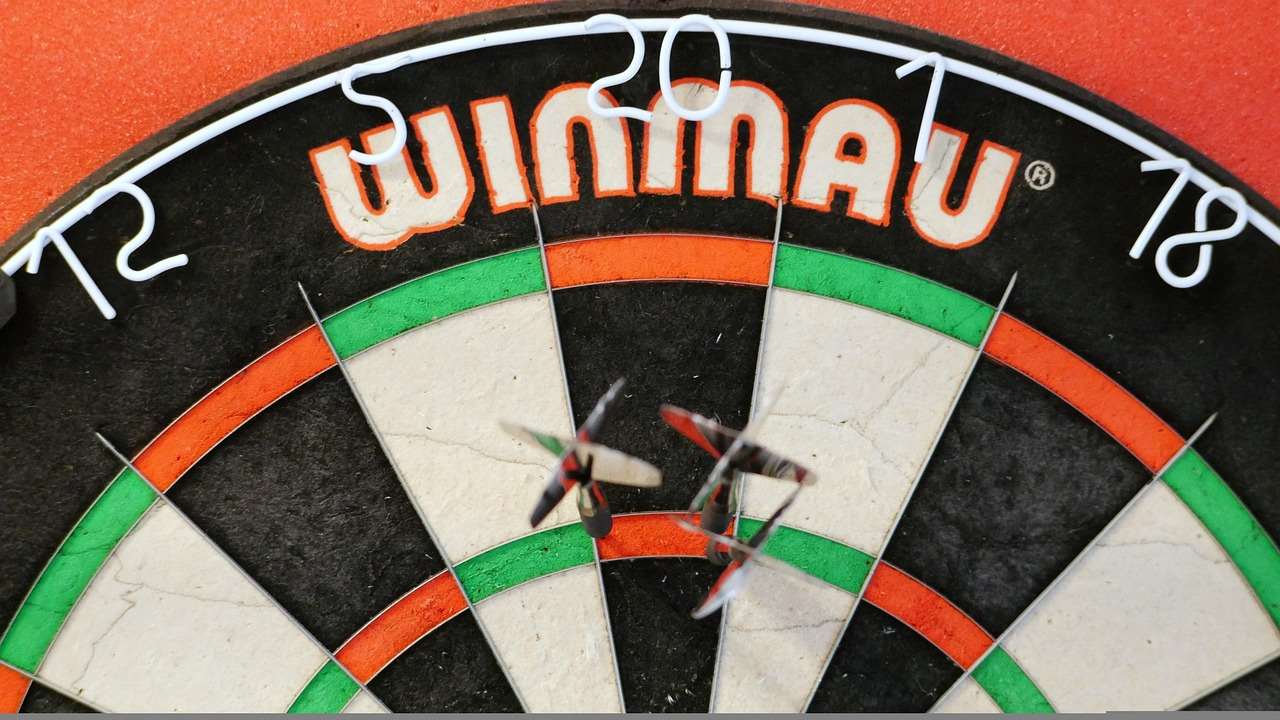
Types of Dart Flights
The world of player flights is surprisingly diverse. Here’s a breakdown of the most common types:
- Standard Flights: These are the most common type of flight, offering a good balance of stability and speed. They are a great starting point for most players.
- Slim Flights: Slim flights offer less drag than standard flights, resulting in a faster, more direct trajectory. They are often preferred by players with a faster throwing style.
- Kite Flights: Kite flights provide excellent stability due to their larger surface area. They are a good choice for players who struggle with dart wobble.
- Pear Flights: Pear flights offer a compromise between standard and kite flights, providing a good balance of stability and speed.
- Vortex Flights: These are designed to reduce drag and promote a straighter flight path. They often feature unique shapes and textures.
Beyond these common shapes, you’ll find a plethora of variations and specialized designs, catering to specific player preferences and dart configurations. Selecting the perfect flight often requires experimentation to discover the optimal combination for your unique throw.
Materials Used in Dart Flights
The material of your player flights also plays a significant role in their performance and durability. Here are some common materials:
- Polyester: This is the most common and affordable material. Polyester flights are relatively durable and offer good value for money.
- Nylon: Nylon flights are more durable than polyester flights and are less prone to tearing. They are a good option for players who are hard on their flights.
- Plastic: Some flights are made from a more rigid plastic material. These flights tend to be very durable and hold their shape well.
- Paper: While less common now, paper flights are still used by some players. They are very lightweight and offer a unique feel.
Choosing the right material depends on your budget and how frequently you play. More durable materials like nylon or plastic will last longer but may also be more expensive. Don’t be afraid to try different materials to see what works best for you.
Factors to Consider When Choosing Player Flights
Selecting the right dart flights can seem daunting, but here are some key factors to consider:
- Your Throwing Style: Do you have a fast or slow throw? A smooth or jerky release? These factors will influence the type of flight that works best for you.
- Your Dart Weight: Heavier darts generally require more stable flights, while lighter darts may benefit from slimmer flights.
- Your Shaft Length: Shorter shafts often pair well with larger flights, while longer shafts may work better with smaller flights.
- Personal Preference: Ultimately, the best flight is the one that feels most comfortable and gives you the best results. Experimentation is key!
Remember that choosing player flights is a personal process. What works for one player may not work for another. Don’t be afraid to try different combinations of flights and shafts until you find the perfect setup for your game.
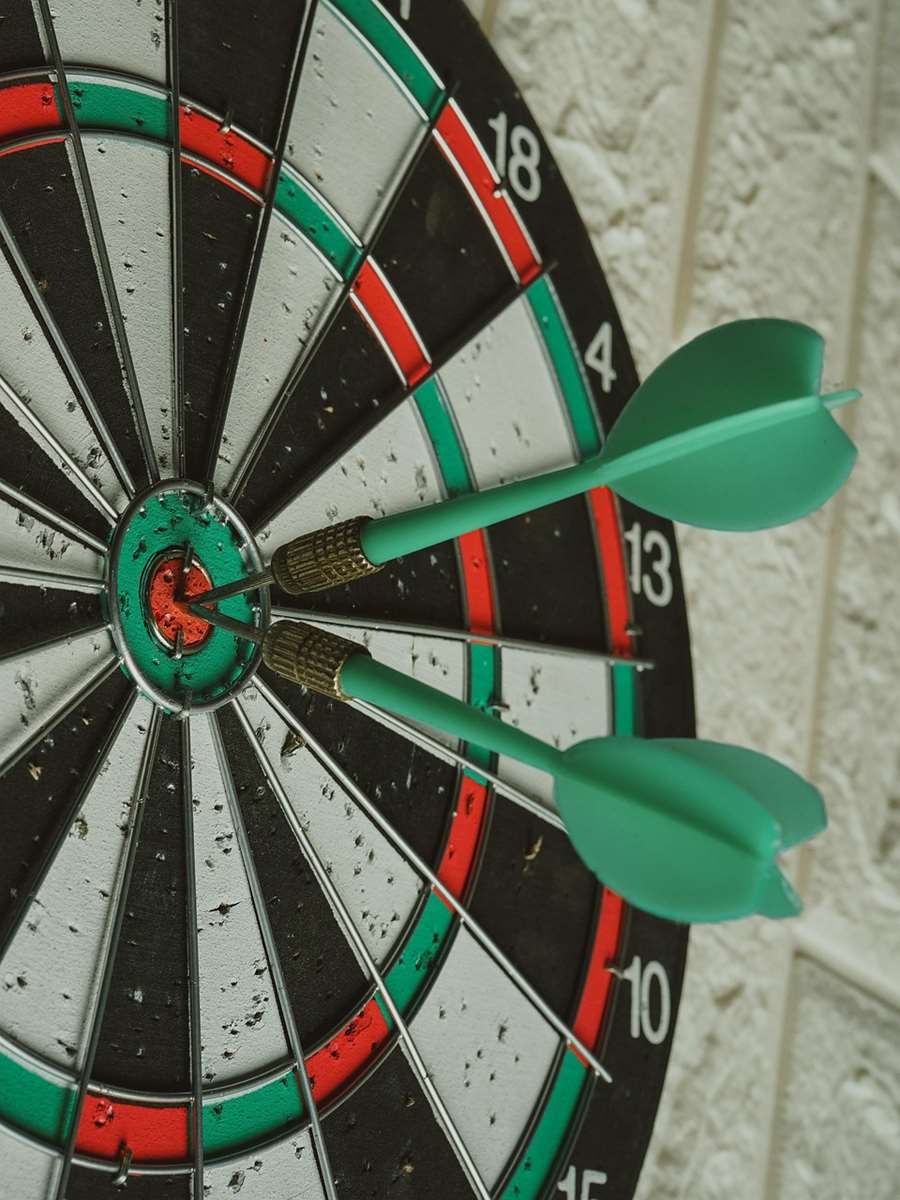
How Player Flights Affect Dart Trajectory
The primary function of player flights is to stabilize the dart in flight. They do this by creating drag, which slows the dart down and prevents it from wobbling excessively. The amount of drag a flight creates depends on its size and shape. Larger flights create more drag, resulting in a slower, more stable trajectory. Smaller flights create less drag, resulting in a faster, more direct trajectory.
A dart that is wobbling excessively is more likely to deviate from its intended path, leading to inaccurate throws. By choosing the right flight, you can minimize wobble and improve your accuracy. Understanding the interaction between your throwing motion and the dart’s aerodynamics is crucial for consistent performance. You might want to check out how to set up dart board to be sure your dartboard is in the best location.
Optimizing Your Dart Setup: Flights and Shafts
The relationship between player flights and dart shafts is crucial for achieving optimal dart performance. The length and material of your shaft can significantly impact the stability and trajectory of your dart.
- Shorter Shafts: Shorter shafts generally pair well with larger flights, as they provide more stability and prevent the dart from fishtailing.
- Longer Shafts: Longer shafts may work better with smaller flights, as they provide more control and allow the dart to fly straighter.
Experimenting with different shaft lengths and flight shapes is essential for finding the perfect combination for your throwing style. Consider the weight distribution of your dart and your natural throwing motion when making your selections. Also, check the darts oche ally pally.
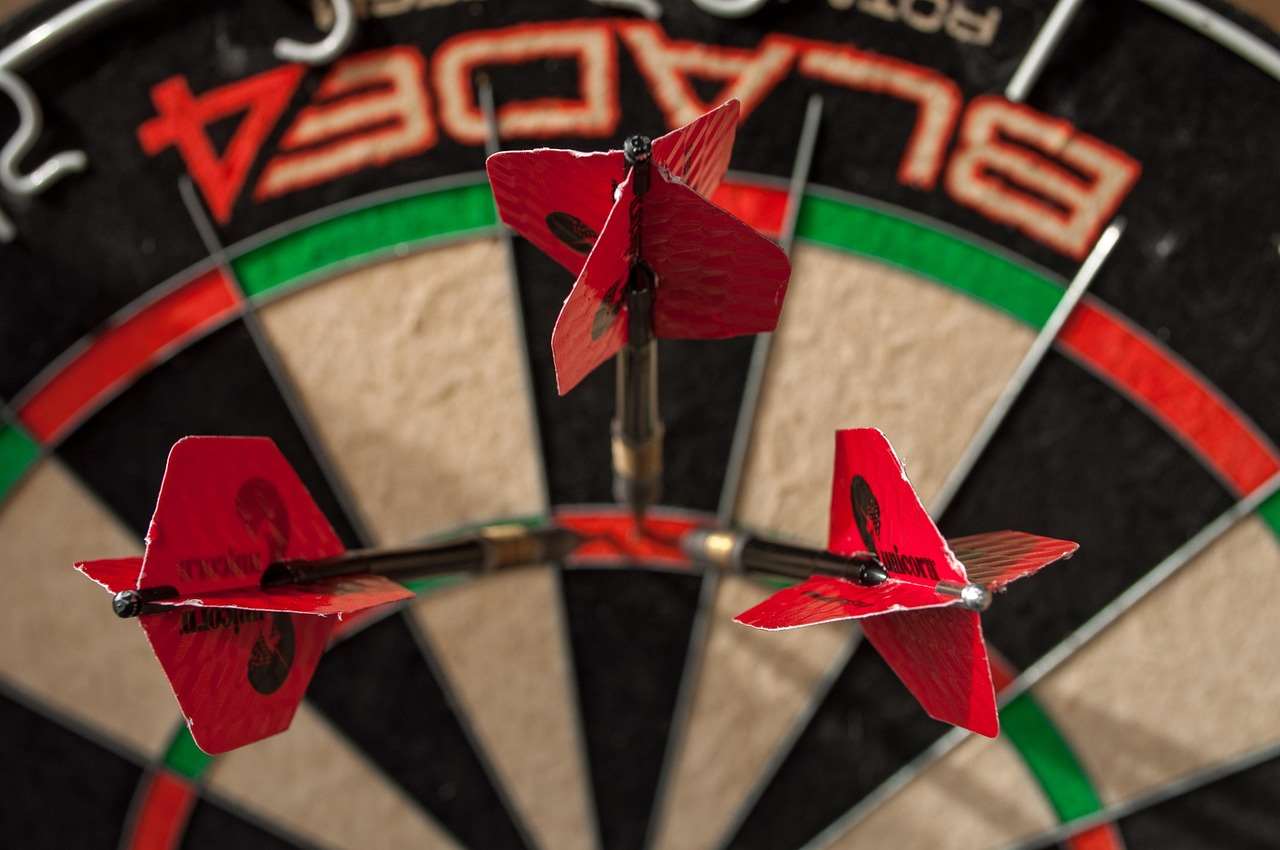
Maintaining Your Player Flights
Proper maintenance of your player flights is essential for ensuring consistent performance and prolonging their lifespan. Here are some tips:
- Check for Damage: Regularly inspect your flights for tears, bends, or other damage. Damaged flights can negatively impact dart trajectory.
- Straighten Bent Flights: If your flights become bent, you can often straighten them by gently bending them back into shape.
- Use Flight Protectors: Flight protectors can help prevent your flights from tearing and bending.
- Replace Worn Flights: Even with proper care, flights will eventually wear out. Replace them when they start to show signs of wear and tear.
Taking good care of your dart flights will not only save you money but will also help you maintain consistent accuracy and improve your overall game.
Customizing Player Flights for Enhanced Performance
For serious dart players, customizing player flights offers a way to fine-tune their equipment to perfectly match their throwing style and preferences. This can involve:
- Experimenting with Different Shapes and Sizes: Don’t be afraid to try different flight shapes and sizes to see what works best for you.
- Using Custom Flight Designs: Express your personality with custom flight designs that reflect your interests or team affiliation.
- Adjusting Flight Angle: Some flights allow you to adjust the angle of the wings, further customizing the flight characteristics.
By taking the time to customize your player flights, you can gain a competitive edge and enjoy a more personalized dart-playing experience. Also, you may want to learn about darts which is double.
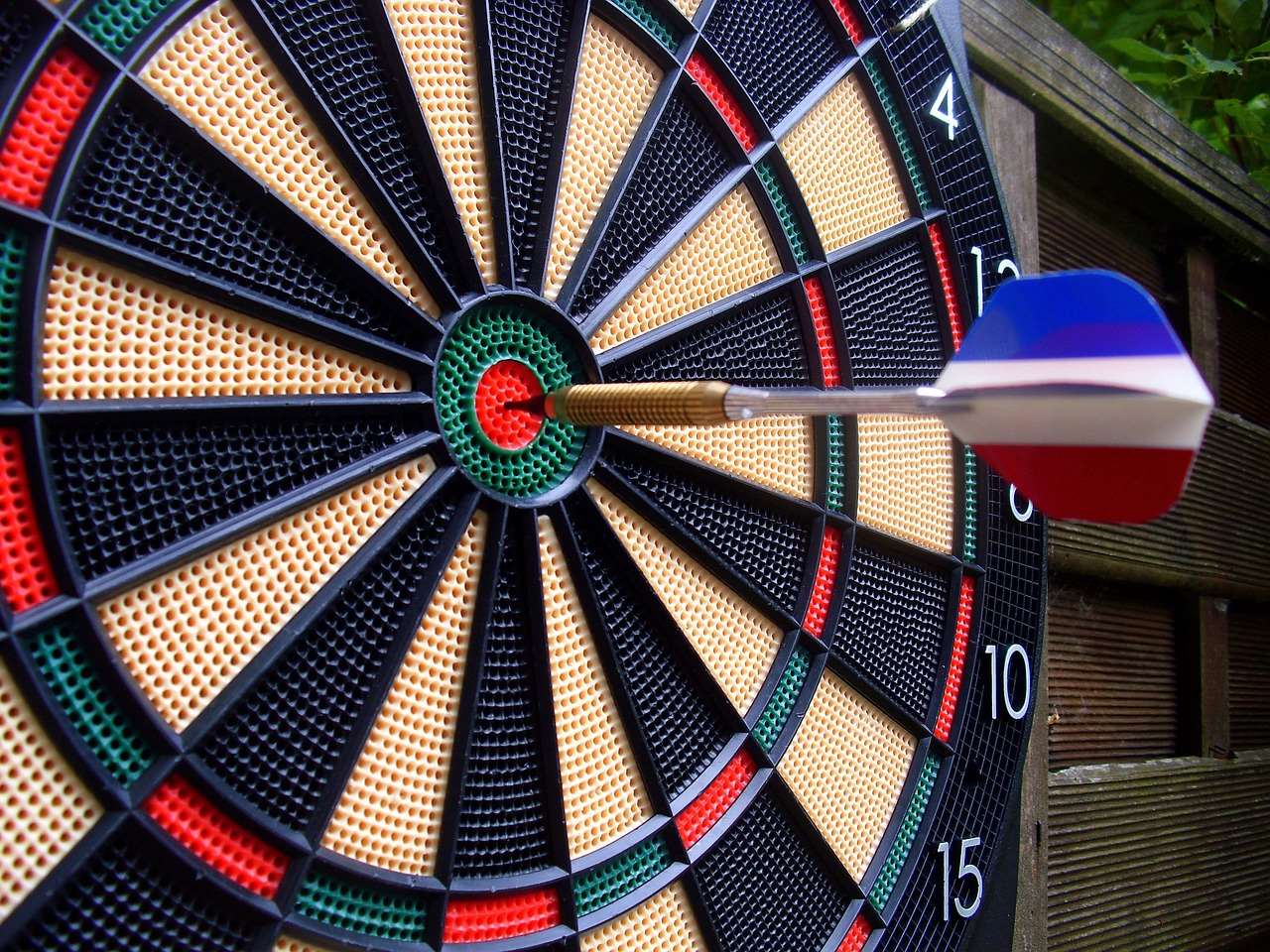
Advanced Techniques with Player Flights
Once you’ve mastered the basics of player flights, you can explore some advanced techniques to further optimize your game. These include:
- Analyzing Flight Wear Patterns: Pay attention to how your flights are wearing down. This can provide valuable insights into your throwing motion and dart release.
- Using Flights to Correct Throwing Errors: By adjusting your flight selection, you can sometimes compensate for minor throwing errors.
- Matching Flights to Specific Dartboards: Different dartboards may require different flight setups for optimal performance.
These advanced techniques require a deep understanding of dart aerodynamics and your own throwing style, but they can ultimately lead to significant improvements in your accuracy and consistency. Consider using an App to score darts, this can help with tracking your progression.
The Future of Player Flights
The world of player flights is constantly evolving, with new materials and designs emerging all the time. Expect to see even more innovative flight technologies in the future, aimed at further enhancing dart performance and customization. From aerodynamic advancements to new materials designed for increased durability, the future of dart flights looks bright. Innovations will continue to focus on providing players with even greater control and precision in their game.
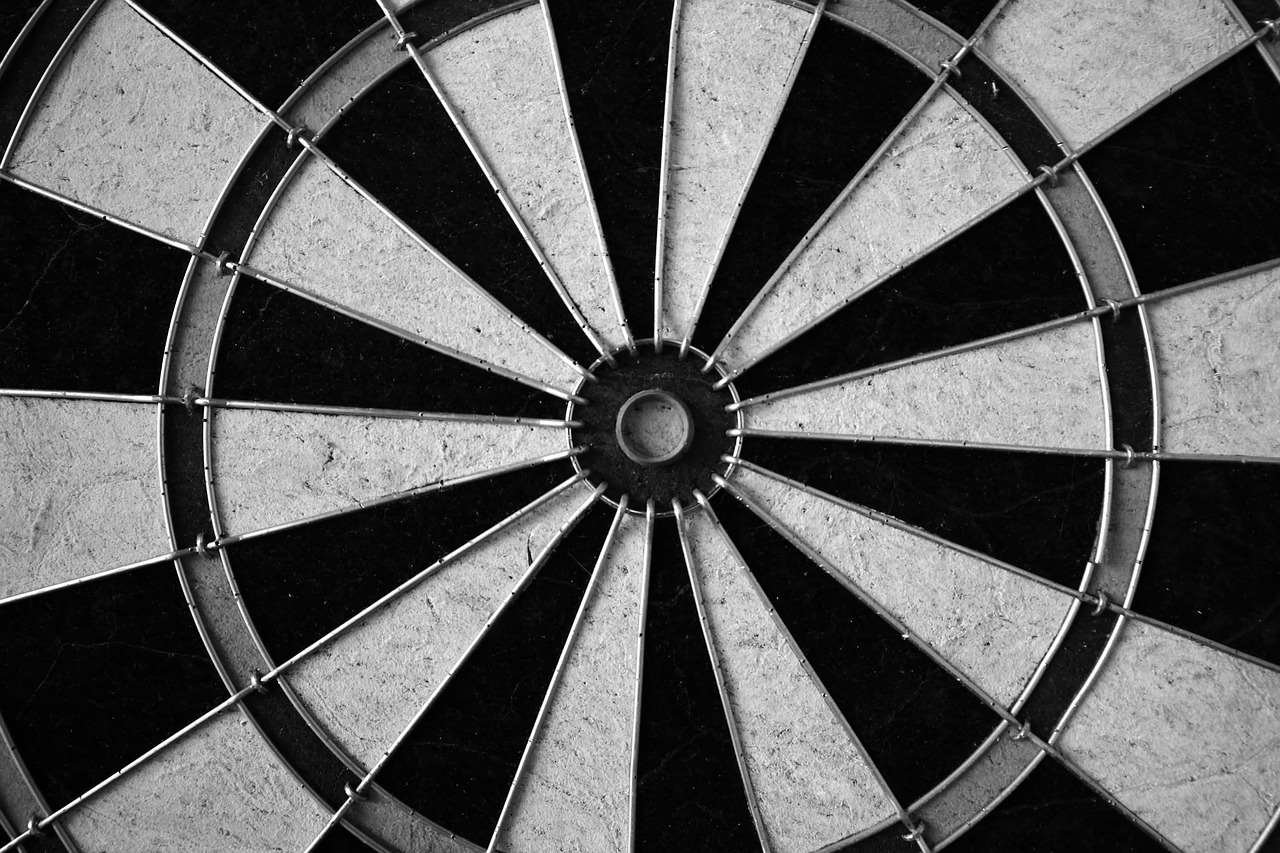
Conclusion: Mastering Player Flights for Darting Success
Understanding player flights is essential for any serious dart player. By choosing the right flights for your throwing style, dart weight, and shaft length, you can significantly improve your accuracy and consistency. Remember to experiment with different flight types and materials to find the perfect combination for your game. Proper maintenance of your flights will also help you maintain consistent performance and prolong their lifespan. Take the time to master the art of player flights, and you’ll be well on your way to darting success. Now, go out there and experiment with different flights and see what works best for you! Consider testing the dart flight template free.
Hi, I’m Dieter, and I created Dartcounter (Dartcounterapp.com). My motivation wasn’t being a darts expert – quite the opposite! When I first started playing, I loved the game but found keeping accurate scores and tracking stats difficult and distracting.
I figured I couldn’t be the only one struggling with this. So, I decided to build a solution: an easy-to-use application that everyone, no matter their experience level, could use to manage scoring effortlessly.
My goal for Dartcounter was simple: let the app handle the numbers – the scoring, the averages, the stats, even checkout suggestions – so players could focus purely on their throw and enjoying the game. It began as a way to solve my own beginner’s problem, and I’m thrilled it has grown into a helpful tool for the wider darts community.